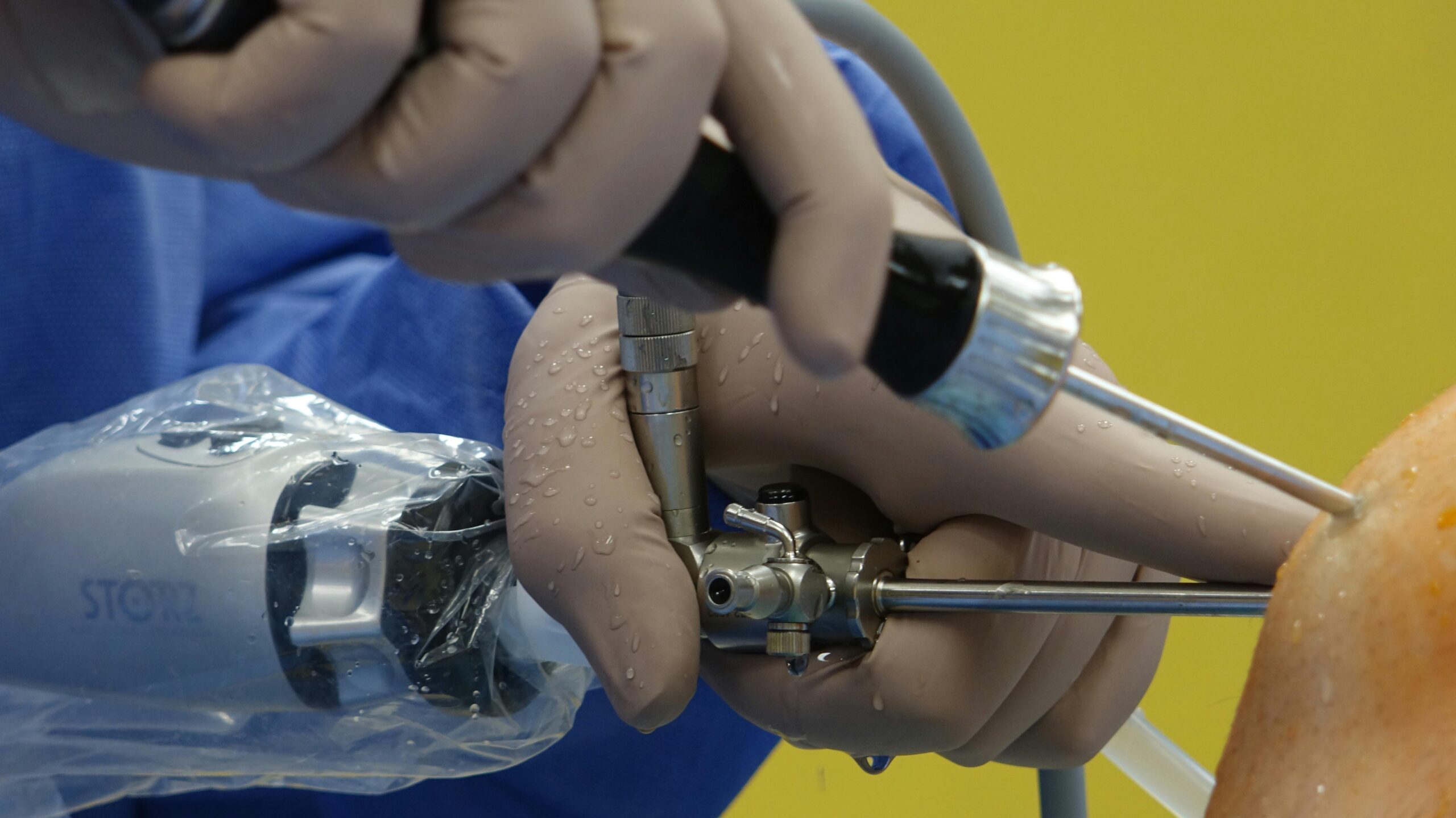Introduction: A New Dawn in Medicine
Imagine waking up in 2025 to a world where cancer is detected before symptoms appear, where a tiny robot repairs your cells from within, and where your DNA can be edited to cure genetic diseases. This isn’t science fiction—it’s the future of healthcare, and it’s closer than you think. As we stand on the brink of a medical revolution, let’s explore the top five breakthroughs poised to transform how we live, heal, and thrive.
1. AI-Driven Personalized Medicine: Your Body, Your Blueprint
The Problem: One-size-fits-all treatments often fail because every patient is unique.
The Breakthrough: Artificial Intelligence (AI) is making personalized medicine a reality by analyzing your genetics, lifestyle, and environment to design treatments tailored just for you.
How It Works:
- AI algorithms process data from wearable devices, genetic tests, and electronic health records.
- Machine learning predicts disease risks and recommends preventive measures.
- Example: Owkin’s AI analyzes tumor samples to identify which cancer drugs will work best for individual patients.
Impact in 2025:
- Early Diagnosis: AI flags diseases like Alzheimer’s or diabetes years in advance.
- Custom Treatments: Drugs are prescribed based on your DNA, reducing side effects.
- Patient Story: Meet Sarah, a breast cancer survivor whose AI-designed therapy shrunk her tumor in months.
Quote:
“AI isn’t replacing doctors—it’s giving them superpowers.”
—Dr. Eric Topol, Scripps Research Translational Institute
2. CRISPR 2.0: Editing Genes with Pinpoint Precision
The Problem: Genetic diseases like sickle cell anemia have long been deemed incurable.
The Breakthrough: CRISPR-Cas9 gene editing is evolving into “base editing” and “prime editing,” allowing scientists to rewrite DNA with unprecedented accuracy.
How It Works:
- Base Editors: Change single DNA letters without cutting the strand (e.g., turning a disease-causing ‘T’ into a ‘C’).
- Prime Editors: Replace entire DNA sequences, fixing over 90% of known mutations.
Impact in 2025:
- Cures for Genetic Disorders: Trials for sickle cell disease and cystic fibrosis show 90% success rates.
- Ethical Safeguards: Global guidelines prevent misuse, focusing on lifesaving applications.
- Patient Story: Jake, born with a rare liver disorder, received a one-time CRISPR treatment at age 3—now he’s thriving.
Did You Know?
The FDA fast-tracked the first CRISPR therapy for sickle cell disease in 2023, paving the way for 2025 approvals.
3. Nanorobots: The Tiny Surgeons Inside Your Body
The Problem: Chemotherapy destroys healthy cells; surgeries are invasive and risky.
The Breakthrough: Nanorobots—microscopic machines—deliver drugs directly to diseased cells or perform micro-surgeries.
How It Works:
- DNA Origami Bots: Folded DNA strands carry drugs to tumors, dissolving on contact.
- Magnetic Nanobots: Guided by external magnets to clear clogged arteries or repair nerves.
Impact in 2025:
- Cancer Treatment: Nanobots reduce chemo side effects by 70%.
- Heart Disease: Bots dissolve plaque in arteries, preventing strokes.
- Innovator Spotlight: Bionaut Labs is testing bots to treat Parkinson’s by delivering therapy deep into the brain.
Analogy:
Think of nanobots as Uber drivers for medicine—they know the exact address and drop off the package with zero detours.
4. Next-Gen Immunotherapy: Teaching the Body to Kill Cancer
The Problem: Traditional therapies like chemo harm healthy tissues and aren’t always effective.
The Breakthrough: CAR-T cell therapy 2.0 and cancer vaccines train the immune system to target tumors smarter and faster.
How It Works:
- CAR-NK Cells: Natural Killer (NK) cells engineered to attack multiple cancers at once.
- mRNA Vaccines: Personalized vaccines (like Moderna’s Cancer Vaccine) use tumor DNA to create a tailored immune response.
Impact in 2025:
- Solid Tumors: Pancreatic and lung cancers, once deadly, now see 50% remission rates.
- Accessibility: Lower-cost CAR-T therapies reach developing nations.
- Patient Story: Maria’s stage IV melanoma vanished after a combo of CAR-NK and a personalized vaccine.
Stat:
The global cancer immunotherapy market is projected to hit $170 billion by 2025, up from $108 billion in 2021.
5. Telemedicine 3.0: Hospital-Level Care at Home
The Problem: Rural areas lack specialists; hospital visits are time-consuming.
The Breakthrough: Telemedicine now integrates with AI diagnostics, wearable tech, and robotic tools for comprehensive remote care.
How It Works:
- Smart Wearables: Devices like the Apple Watch 8 monitor blood sugar, ECG, and even detect sepsis.
- AI Doctors: Algorithms diagnose rashes via smartphone photos or analyze cough sounds for pneumonia.
- Robotic Nurses: Mobile robots check vitals and dispense meds in patients’ homes.
Impact in 2025:
- Rural Care: A farmer in Nebraska gets a same-day virtual consult with a Mayo Clinic oncologist.
- Chronic Disease Management: Diabetics receive real-time insulin adjustments via app.
- Mental Health: AI therapists provide cognitive-behavioral therapy for anxiety.
Quote:
“Your phone will soon be a doctor in your pocket.”
—Dr. Daniel Kraft, Founder of NextMed Health
Conclusion: The Future is Human-Centered
These breakthroughs aren’t just about technology—they’re about hope, longevity, and quality of life. By 2025, healthcare will be proactive, personalized, and accessible to all. As we embrace this new era, remember: the heart of medicine will always be the human connection between patient and healer.
FAQ Section
- Are these treatments safe?
All breakthroughs undergo rigorous FDA and WHO testing. For example, CRISPR therapies have multi-year trials. - Will these be affordable?
Costs are dropping rapidly; AI and generics will democratize access. - Can I participate in trials?
Visit ClinicalTrials.gov to explore opportunities near you.





